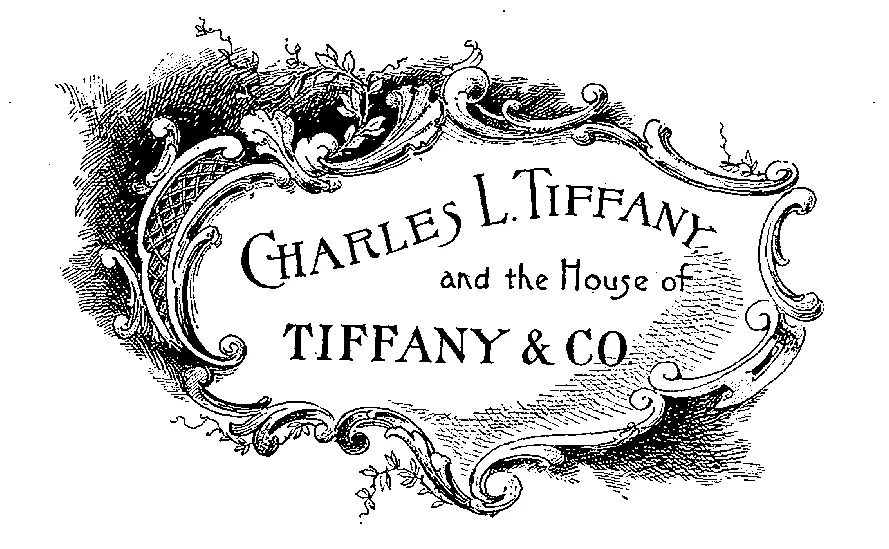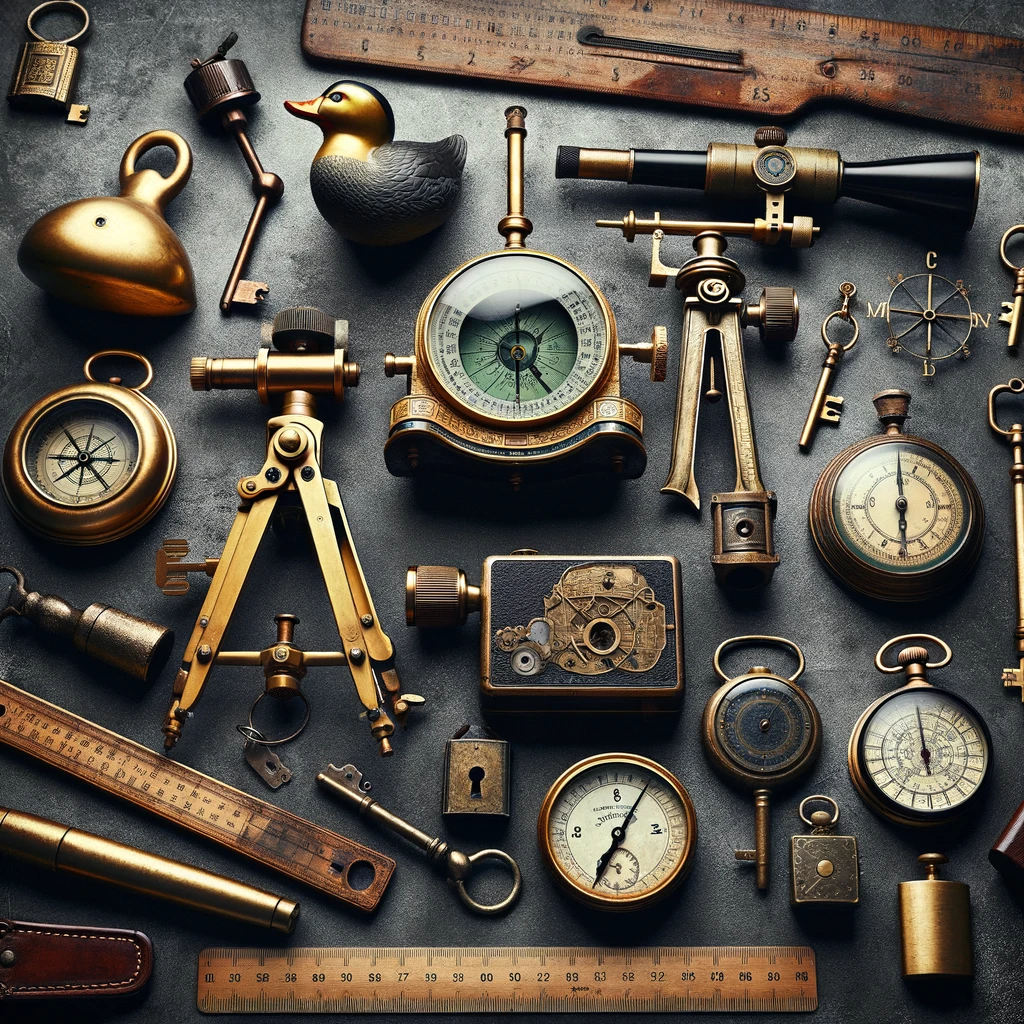Maelzel Metronome And Its Inventor History
Discover the fascinating history of the Maelzel Metronome and the visionary inventor, Johann Nepomuk Mälzel.
Learn what a metronome is, how to date a Maelzel metronome by its serial number, discover which famous composer first used it, and understand how to read metronome markings.
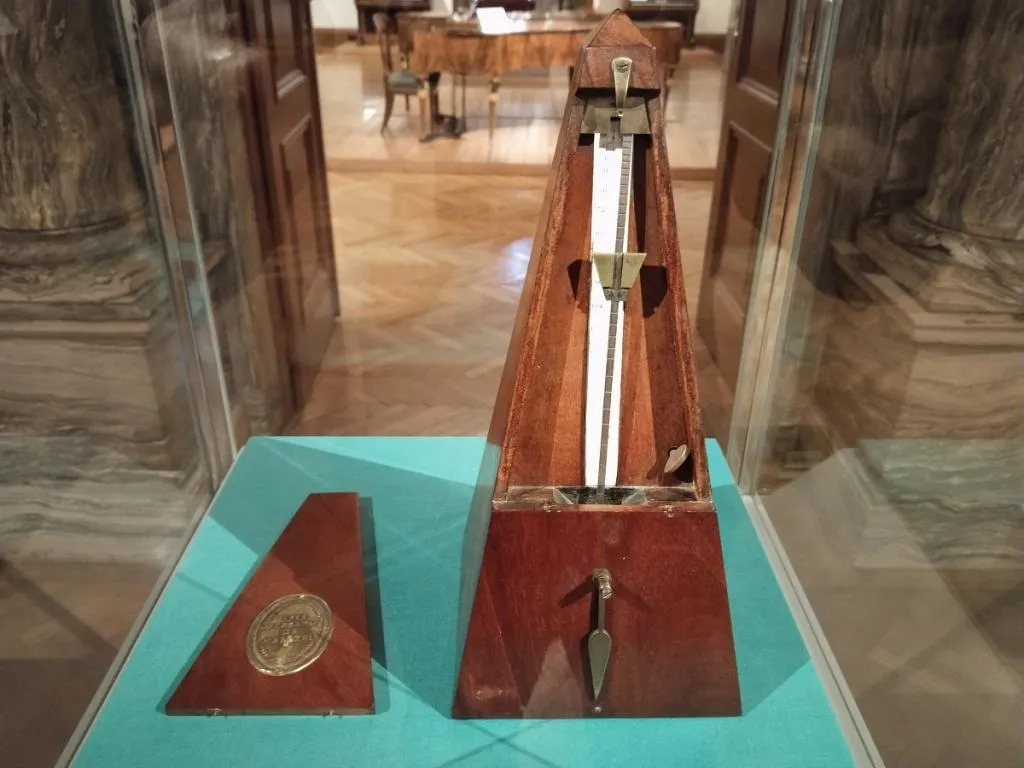
Source: by Stable MARK - own work
Table of Contents
What is a metronome – definition?Johann Nepomuk MaelzelHow do you date a Maelzel metronome?Who was the first composer to use a metronome?How do you read metronome markings?What is a metronome – definition?
A metronome is a device that produces an audible click or other sound at a uniform interval, which can be set by the user, usually measured in beats per minute (BPM). Derived from the Greek words "métron" meaning "measure" and "nomós" meaning "law," metronomes may also incorporate synchronized visual cues, such as a swinging pendulum or blinking light. Musicians, as well as dancers, runners, swimmers, and CPR rescuers, often use metronomes during practice sessions to enhance their timing skills, particularly in maintaining a steady tempo with a consistent beat or pulse.

Source: by Stable MARK - own work
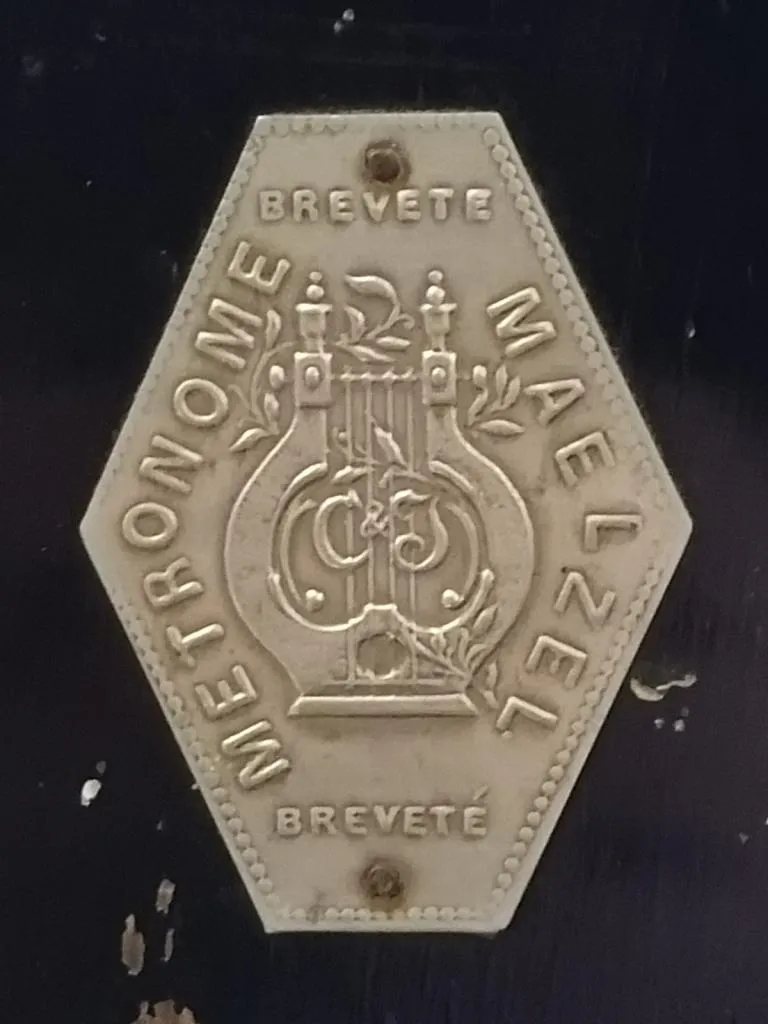
Source: by Stable MARK - own work
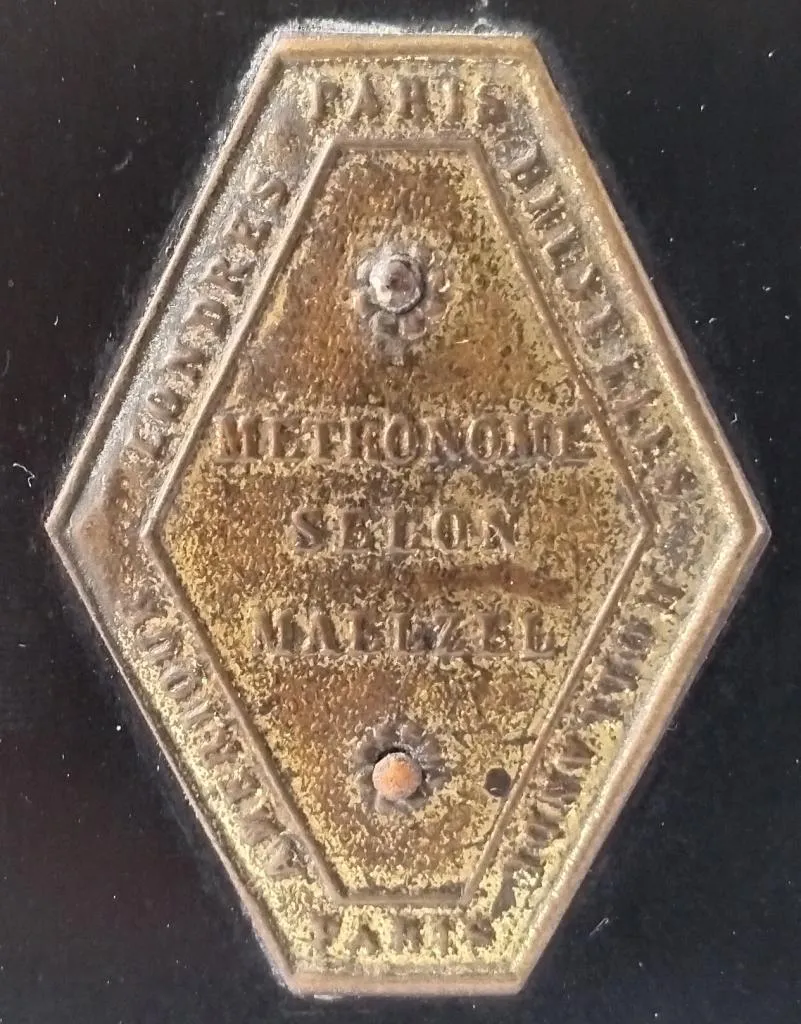
Source: by Stable MARK - own work
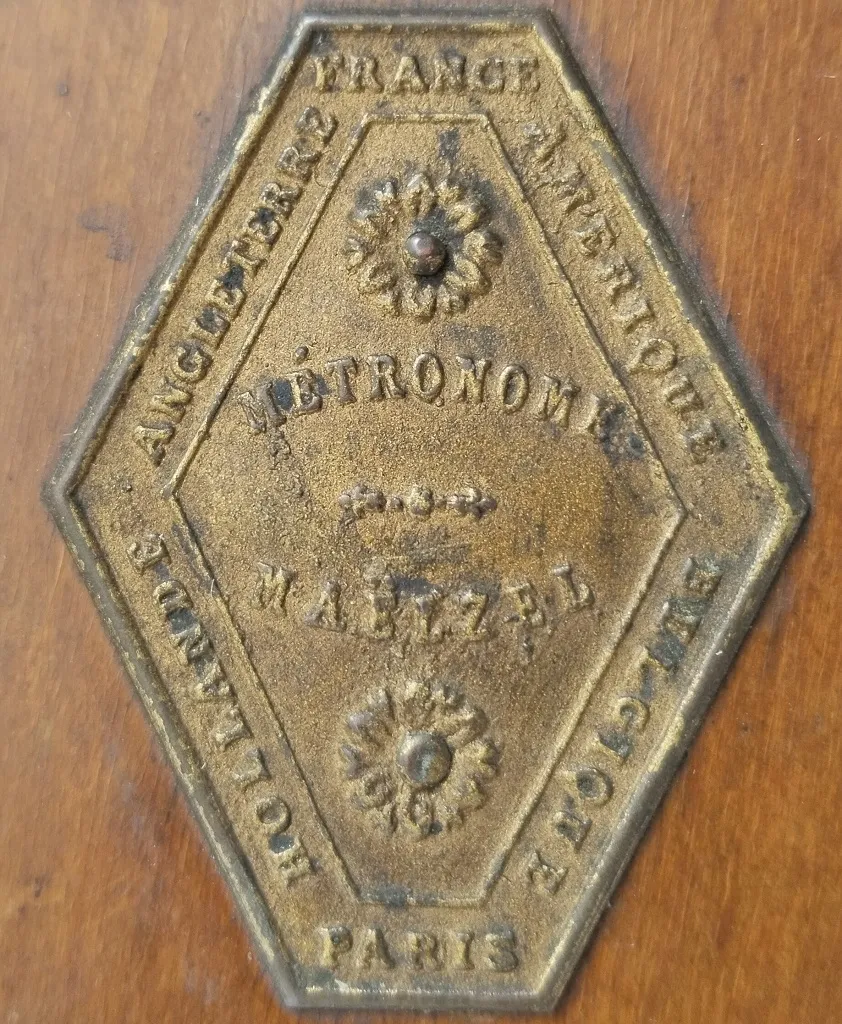
Source: By Stable MARK - own work
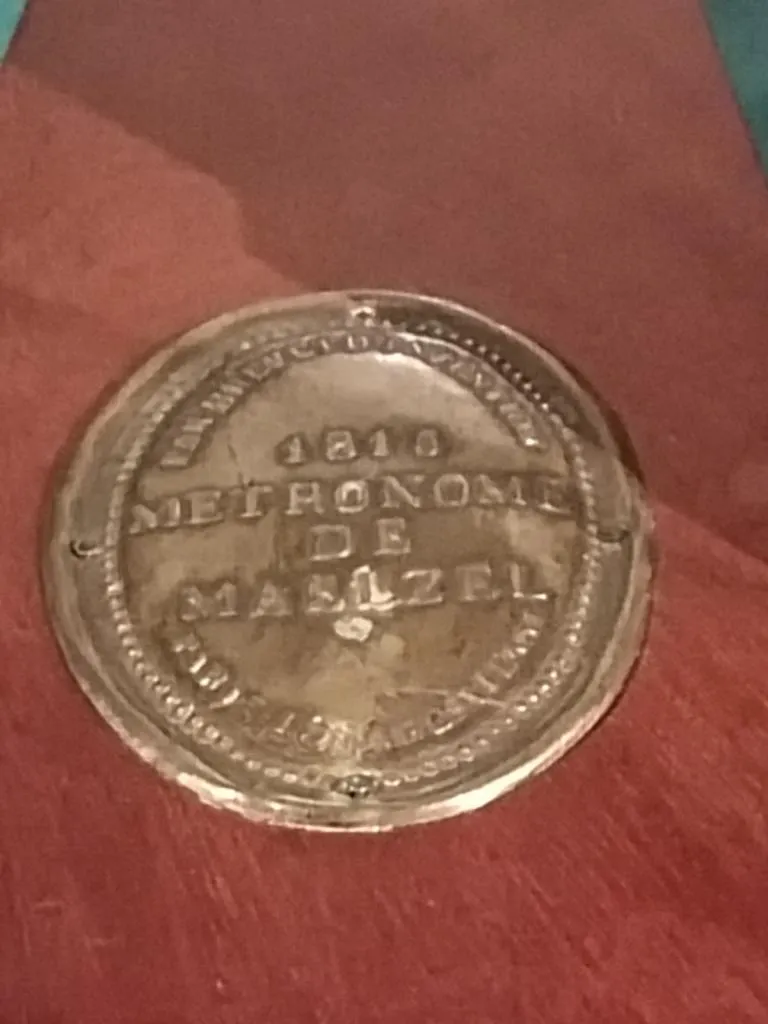
Source: by Stable MARK - own work
Johann Nepomuk Maelzel
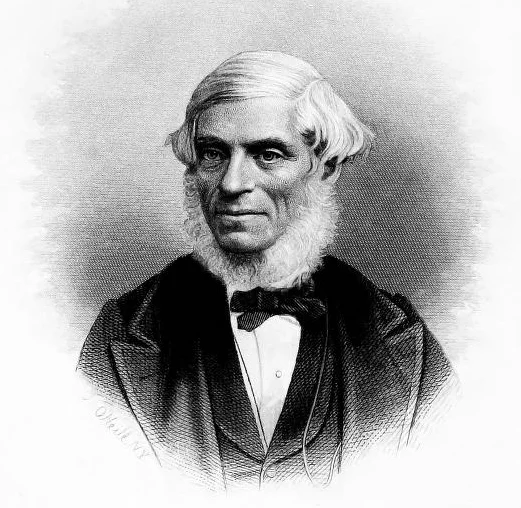
Source: Google Books
Johann Nepomuk Maelzel (or Mälzel; August 15, 1772 – July 21, 1838) was a German inventor known for his development of the Maelzel metronome. In 1816, he applied for a patent in Paris, basing his design on an earlier invention by Dietrich Nikolaus Winkel. Mälzel's metronome became widely adopted in the music world, offering precise tempo control through a clockwork mechanism and a pendulum with an adjustable weight. This innovation allowed composers and musicians to standardize timing across performances.
How do you date a Maelzel metronome?
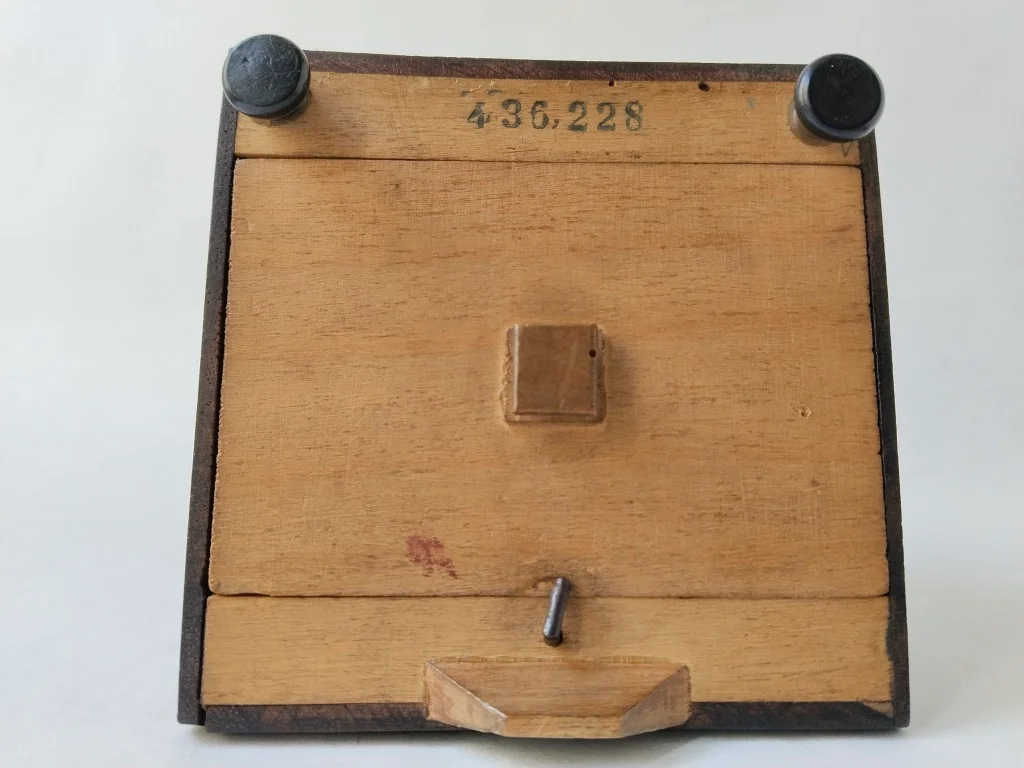
Source: by Stable MARK - own work
Paquet's metronomes, often referred to as Plaquet Maelzel Metronomes, can be dated using the following serial number ranges:
| Serial Number | Production Year |
|---|---|
| 1 - 100,000 | 1846 - 1865 |
| 100,000 - 200,000 | 1866 - 1880 |
| 200,000 - 300,000 | 1881 - 1899 |
| 300,000 - 400,000 | 1900 - 1905 |
| 400,000 - 500,000 | 1906 - 1911 |
| 500,000 - 600,000 | 1912 - 1917 |
| 600,000 - 725,000 | 1918 - 1923 |
| 725,000 - 875,000 | 1924 - 1930 |
| 875,000 - 1,200,000 | 1930 - 1945 |
| 1,200,000 - | 1945 - 1983 |
Dating a Maelzel metronome can be done using its serial number, which provides an approximate production year. Phillippe-Nicolas Paquet, a renowned metronome manufacturer, contributed significantly to the widespread production of Maelzel metronomes.
Identifying Paquet Maelzel metronomes involves examining markings such as "Paquet" or "Metronome de Maelzel" and using the serial number to determine the production period.
Who was the first composer to use a metronome?

Source: by Stable MARK - own work
Ludwig van Beethoven was the first known composer to embrace the use of the metronome. After his reconciliation with Mälzel around 1817, Beethoven began incorporating precise tempo markings in his compositions, including his famous Ninth Symphony. He expressed enthusiasm for the device, noting that it provided greater clarity and consistency in musical interpretation.

Source: by Stable MARK - own work
How do you read metronome markings?
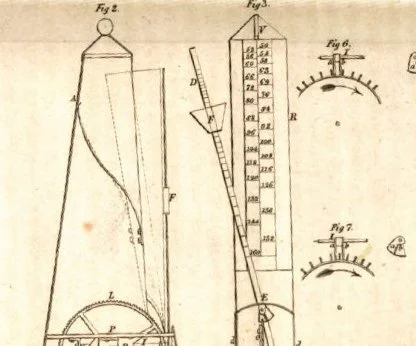
Source: Google Books
Metronome markings are usually indicated in beats per minute (BPM). The pendulum on a Maelzel metronome has a scale, often ranging from 40 to 208 BPM. To set the tempo, the weight on the pendulum is adjusted to align with the desired BPM. A lower position results in a faster tempo, while a higher position produces a slower beat. These markings guide musicians in maintaining consistent timing throughout a piece.
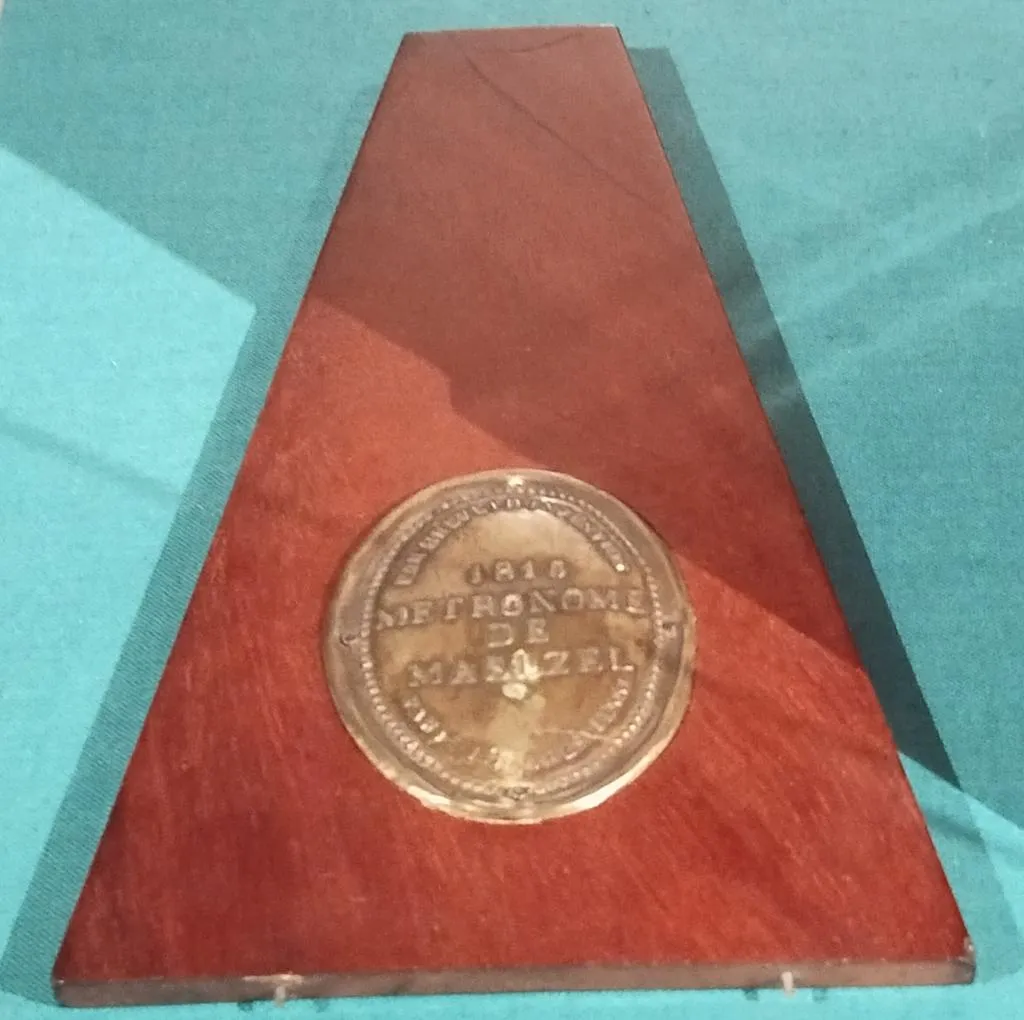
Source: by Stable MARK - own work
Mälzel's invention revolutionized music study and performance practice, remaining an essential tool for musicians across various genres to this day. His metronomes continue to be highly sought after by collectors and music historians.

Source: by Stable MARK - own work
Share this article












